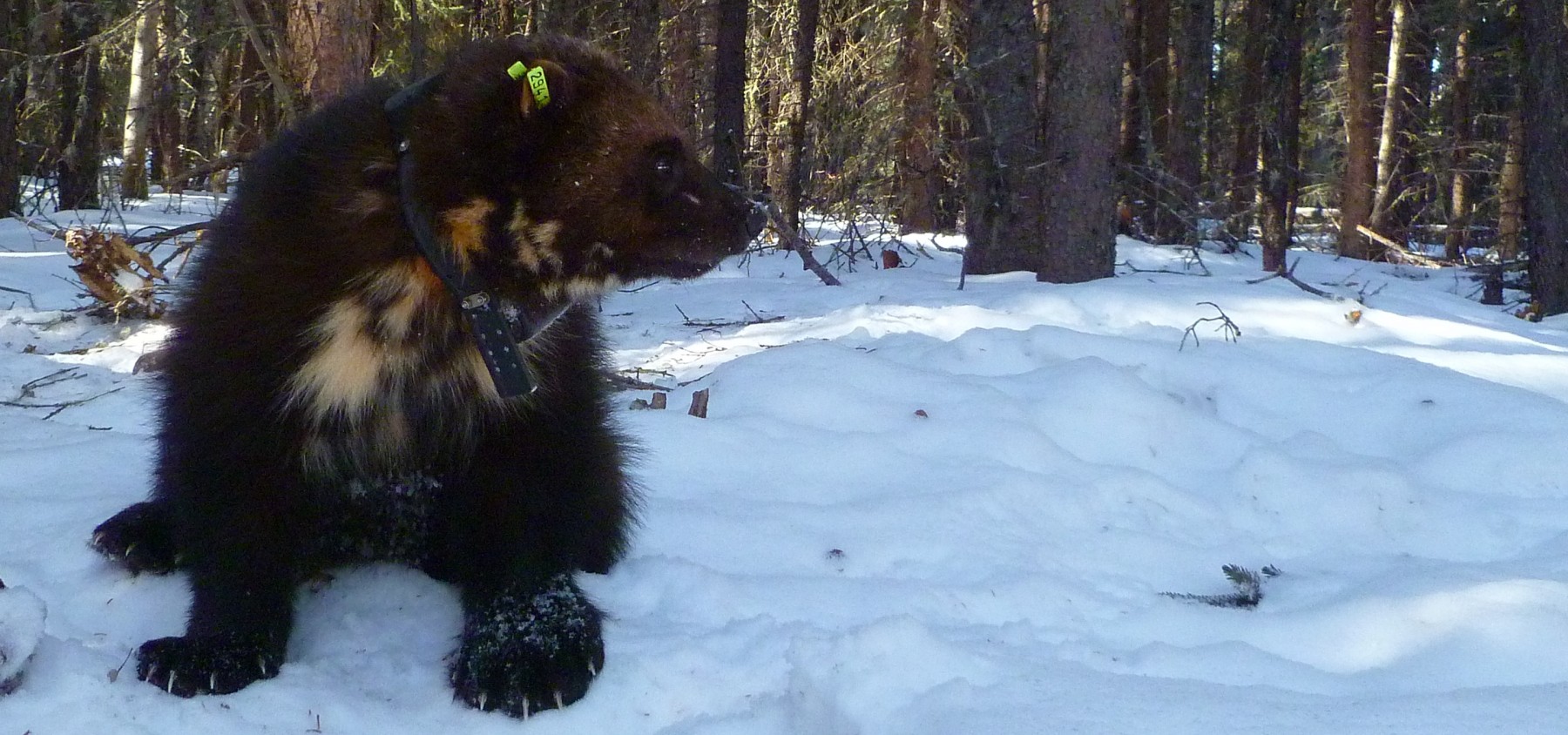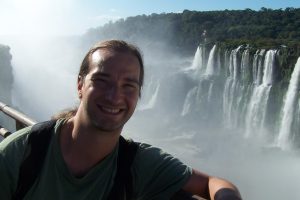Unveiling the heterogeneity in jaguar habitat selection across the species range
Jaguars (Panthera onca) are the largest carnivore in the neotropics, occurring from North of Mexico to Argentina. They occupy an ample diversity of biomes and ecoregions, and get exposed to different habitat contexts with distinct amount, type and composition of vegetation cover, water availability, topographic conditions and human impacts. While jaguars exhibit general trends in habitat selection, they also demonstrate individual plasticity and may adapt their behaviour based on land use. Previous studies examining jaguar habitat use and selection have observed high variability. Yet, all these studies focused on averaged selection responses but overlooked the exploration of the underlying factors contributing to the heterogeneity of responses.
In my PhD thesis we utilize jaguar movement data to explore how individuality and perception of distances/scales contribute to the heterogeneity in habitat selection by jaguars. Additionally, we explore how movement and habitat selection behaviour relate to the species’ ecology and conservation. The initial chapters examine habitat selection throughout the species range, focusing on daily movements and responses to environmental and anthropic factors. This analysis also considers the impact of individual traits, availability at the movement scale, as well as influences from the neighbourhood and regional scales on selection responses. Furthermore, in a concluded chapter we assessed the impact of fires on estimates of jaguar densities and home ranges (https://doi.org/10.1038/s42003-022-03937-1).
While participating in the Emerging Leaders in the Americas Program and collaborating at the University of Alberta, our primary aim will be to enhance the chapters under development. Additionally, we plan to lay the groundwork for an extra chapter that explores habitat selection responses in the context of clustered and non-clustered movement behaviours, examining potential implications for ecology and conservation.

